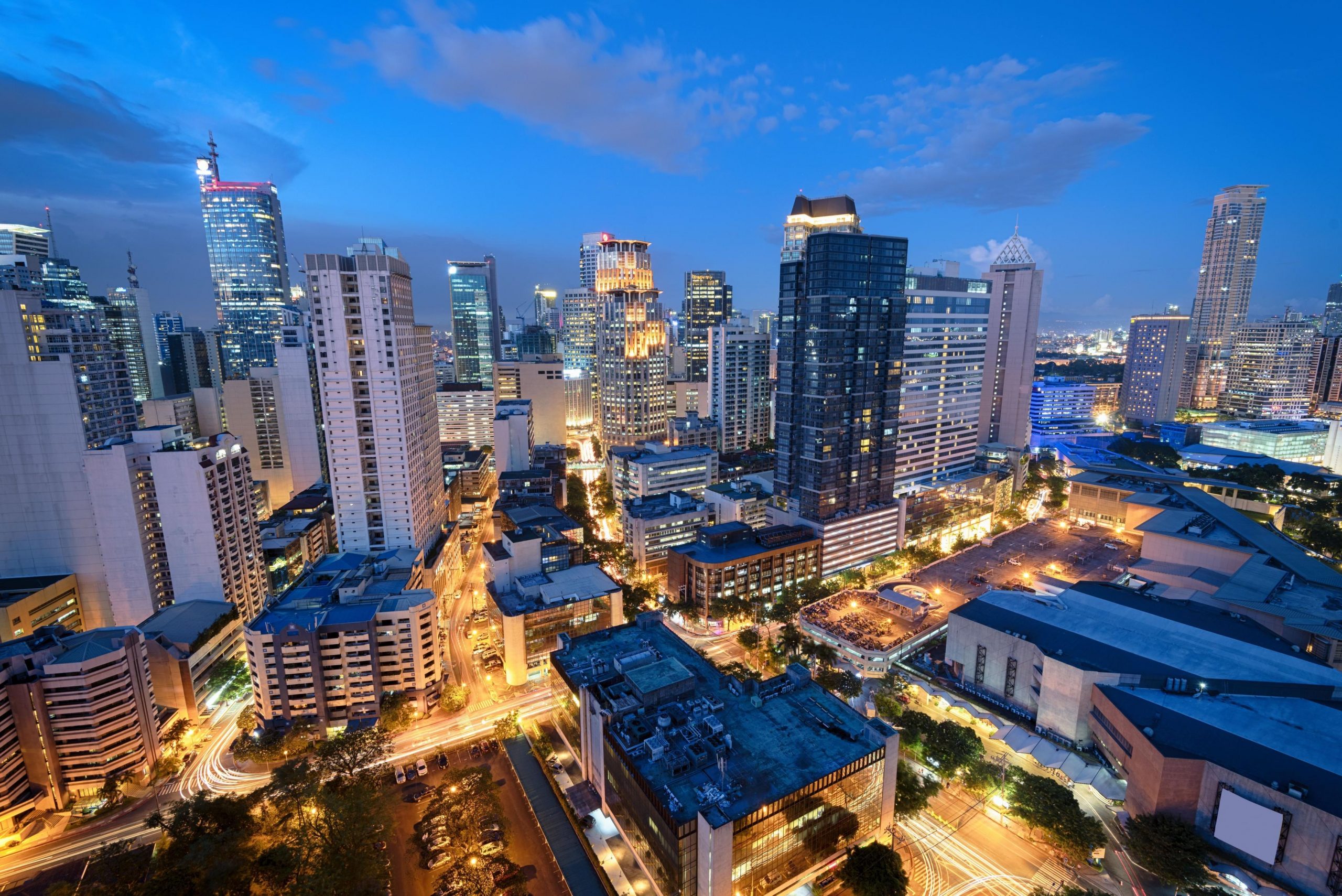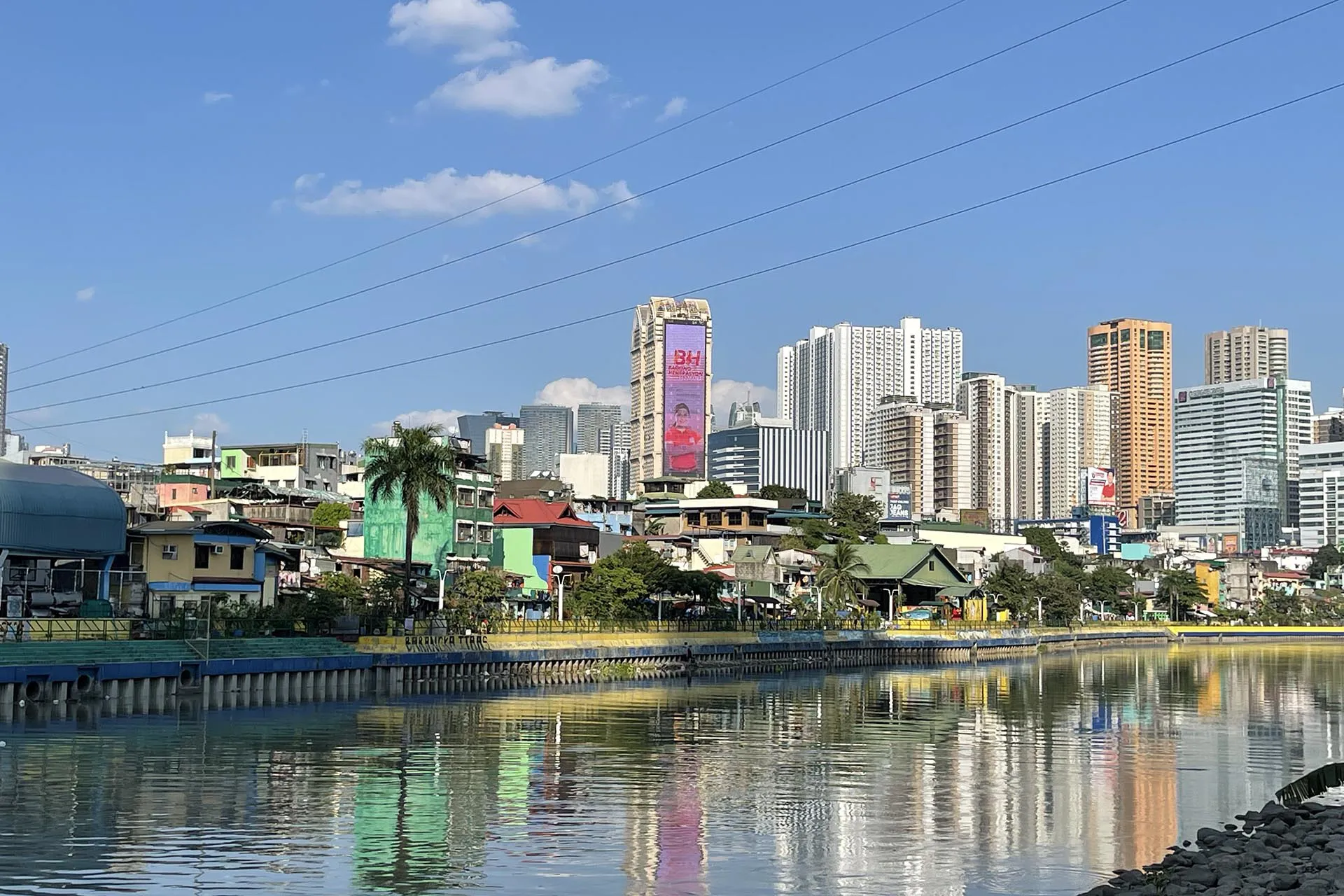Manila
Manila, known as the ‘Pearl of the East’, is located in the south of Luzon, the largest of the more than 7,000 islands that make up the nation known as the Philippines. The city hugs Manila Bay, and is divided by the Pasig River into northern and southern parts. Manila serves not only as the nation’s capital, but also as the financial, cultural, and commercial center of the Philippines.
Nowhere else in the country can a visitor acquire a greater dose of local color, a better understanding of a multifaceted culture, or multiple glimpses of contrasts than in this pulsing, vibrant city. The streets are alive with colorful jeepneys, the rumbling of buses and expensive cars. Glass and concrete rise side by side with Spanish colonial houses and neo-classical government buildings. Arched dragons, golden-domed mosques and ornate mansions define enclaves of Chinese, Muslims, the rich and famous. Outside the civilized hustle and bustle of air-conditioned malls, street vendors haggle with masses of sweaty, rushing crowds, and the glare and gaiety of the markets reigns steps away from the peaceful greenery of parks and the soundless silence of churches.
Geography
Divided into two parts by the Pasig River, Manila is located in the western part of the island of Luzon, on the east coast of Manila Bay, 1320 km from mainland Asia. The total area of Manila is 38.55 km² and the city is considered the most densely populated in the world.
16 satellite cities form the national metropolitan metropolis – Metro Manila, which includes the following cities: Caloocan, Navotas, Malabon, Valenzuela, Marikina, Pasay, Pasig, Mandaluyong, San Juan, Makati, Taguig, Paranaque, Las Piñas, Muntinlupa, and Quezon .

Story
The city of Manila was founded on June 24, 1571 by the Spanish conquistador Lopez de Legaspi, who, after defeating the Muslim community of the local rajah, declared Manila the property of the Spanish crown. The oldest district of the city – Intramuros (surrounded by walls), was built by the Spanish administration at the end of the 16th century. In the history of the city there was a short moment of English domination, when, during the Seven Years’ War, the British captured it and held it for two years (1762-1764).
In 1898, after the Spanish American War, Spain ceded the Philippines to the United States in accordance with the Treaty of Paris. During World War II, Manila was occupied by the Japanese. November 1944 – February 1945 soldiers of the Imperial Japanese Army massacred the city and its environs, killing about 100,000 civilians. During the Battle of Manila (February 3 – March 3, 1945), a significant part of the city was destroyed by American bombing. Only in 1946 did Manila come under the full control of the government of the Republic of the Philippines.
Economy
Thanks to its convenient harbor, Manila is the main port of the country and one of the busiest ports in the world. The industry consists of the production of chemicals, textiles and clothing, electronics, food and beverages, tobacco, plywood, copra, coconut oil, etc. The food industry is one of the most stable sectors of the economy.
Manila attracts over 1 million tourists a year. Tourists are offered sightseeing tours of historic Manila, to Taal Lake, air safaris and folklore shows are organized.

Culture and Population
Manila is the seat of the archdiocese of the Philippines and the city is home to a large number of churches. The main cathedral of the archdiocese is Manila Cathedral (Minor Basilica of the Immaculate Conception). There are also three other important churches in the city: the Church of Quiapo (Basilica of the Black Nazarene), the Minor Basilica of St. Lorenzo Ruiz and the Basilica of St. Sebastian. The church of St. Augustine is highly respected – the oldest church in the country that has survived to this day, which was built in 1607. In addition, Manila is home to several Buddhist and Taoist temples and two mosques, including the Al-Dahab (Golden Mosque). Catholics make up 93.5% of Manila’s population; adherents of the independent Phillinian Church, the Church of Christ, Protestants, Buddhists and Muslims to the rest of the population.
The family is considered to be the basic unit of society. Mutual assistance and mutual responsibility are developed among relatives, and divorces and abortions are prohibited. The official language is Tagalog (Pilipino). English is widely used in business and education.
Climate
There is no bad weather in Manila. Located in the northern part of the Philippines, Manila’s climate is subequatorial, with a sharply defined boundary between the dry and wet seasons. The dry season lasts from the second half of December to mid-May, the wet season lasts the rest of the year, the peak of rain falls in August, when about 370 mm of precipitation falls per month. Average annual temperature: from 27 °C in December-January to 30 °C in April-May.
